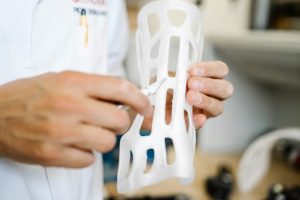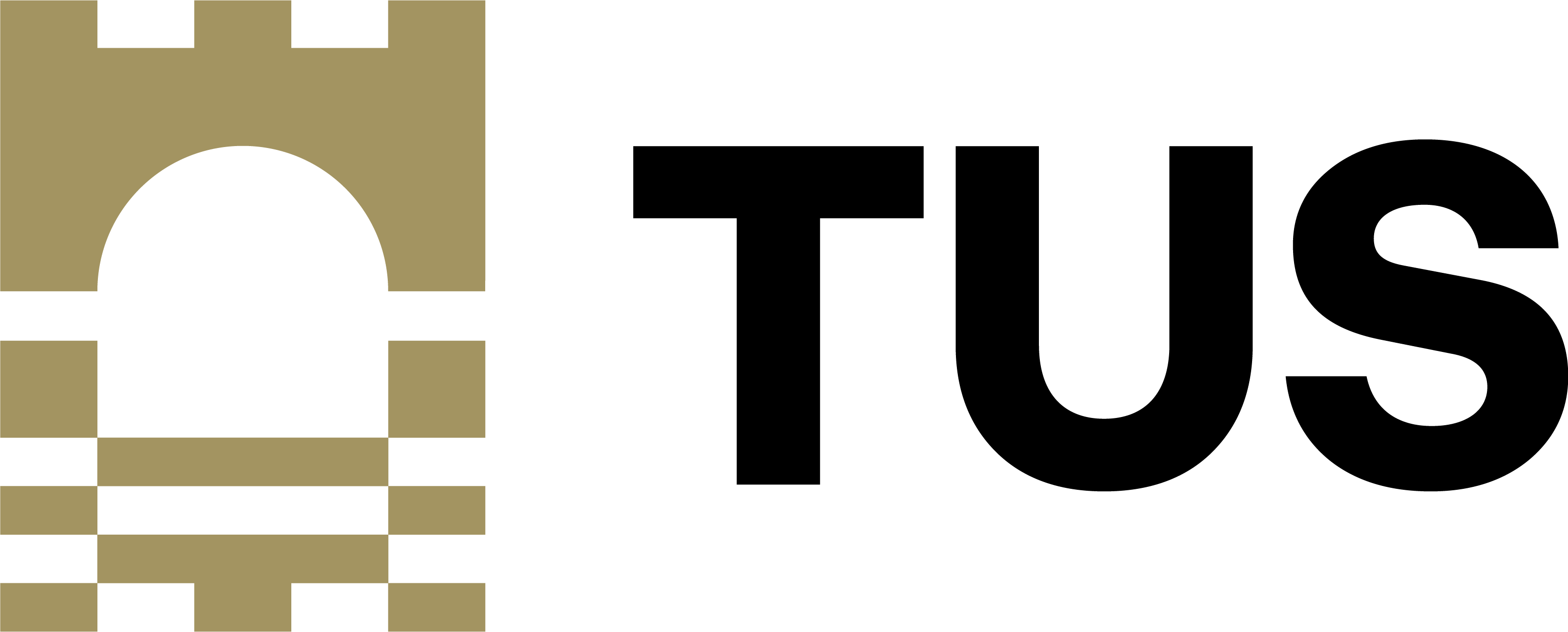3D printing
Evolution of 3D printing
3D printing involves using a digital model to create a physical object, layer by layer. Having evolved significantly since its inception in the 1980s, 3D printing has immense potential to revolutionise industries and drive efficiency and innovation.
Openly licensed 3D models are available from websites such as Thingiverse. Thingiverse is a community which contains more than 2.5 million 3D printable things and encourages users to license their works under CC licenses to facilitate reuse.
Book chapters
3D printing and the art world: current developments and future prospects
This chapter, from the book Advances in 3D Printing, provides an overview of the technologies that enable and influence the 3D reproduction of artworks, including technologies necessary to capture an artwork’s materials on a chemical and physical level, artificial intelligence (AI), 3D printing technology itself, and the rise of the non-fungible token (NFT).
Date published: 2022 | License: CC BY 3.0
3D printing for tissue regeneration
Tissue engineering is an interdisciplinary field and 3D bioprinting has emerged to be the holy grail to fabricate artificial organs. This chapter gives an overview of the latest advances in 3D bioprinting technology in the commercial space and academic research sector. This chapter features in the book Advances in 3D Printing.
Date published: 2022 | License: CC BY 3.0
Collections
3D printing collection from the make-IT place
This collection of 16 resources includes projects related to 3D printing, Tinkercad, Thingiverse, and other 3D modeling software. Curated by Maryland Library.
Date published: Varied | License: Varied
Guides
3D printing repair guide
This guide takes readers through the 3D printing for repair (3DP4R) process. It consists of guidelines and tools to create a 3D printable version of spare parts needed for product repair. Published by Delft University of Technology, Netherlands.
Date published: 2022 | License: CC BY 4.0
Projects
Biological science 3D modelling
This project creates 3D printable models that instructors can use to illustrate lecture content, and students can manipulate the models to better facilitate understanding of the physical space and relationships of biological systems, organs, and cells. It supports experiential learning for biological science courses and increases access to enhanced learning for diverse groups of students. The project offers a library of 3D-printable files for significant biology models. These files can be used to both augment textbook content and improve hands-on learning in the lab. This project was produced by the OE Lab at Ontario Tech University, Canada.
Date published: 2024 | License: CC BY-NC-ND 4.0
Textbooks
Designing the digital world
This book touches on design thinking, virtual reality, and 3D printing, and their applications in our world. Published by the University of Galway.
Date published: 2021 | License: CC BY 4.0
3D printing at TUS
The Polymer, Recycling, Industrial, Sustainability and Manufacturing (PRISM) Research Institute at TUS provides state-of-the-art on-site prototyping and manufacturing facilities, including 3D printing technologies.
Did you know that TUS library is in the process of developing a 3D printing service to support teaching and learning? Contact your local TUS library to learn more.
Additional OER which may also be of interest can be found in the immersive technology OER chapter and content within our OER index, such as animation and product design.
 Image credit: custom made orthoses printed on a 3D printer being corrected by a orthopedist by Tom Claes. Unsplash license
Image credit: custom made orthoses printed on a 3D printer being corrected by a orthopedist by Tom Claes. Unsplash license

